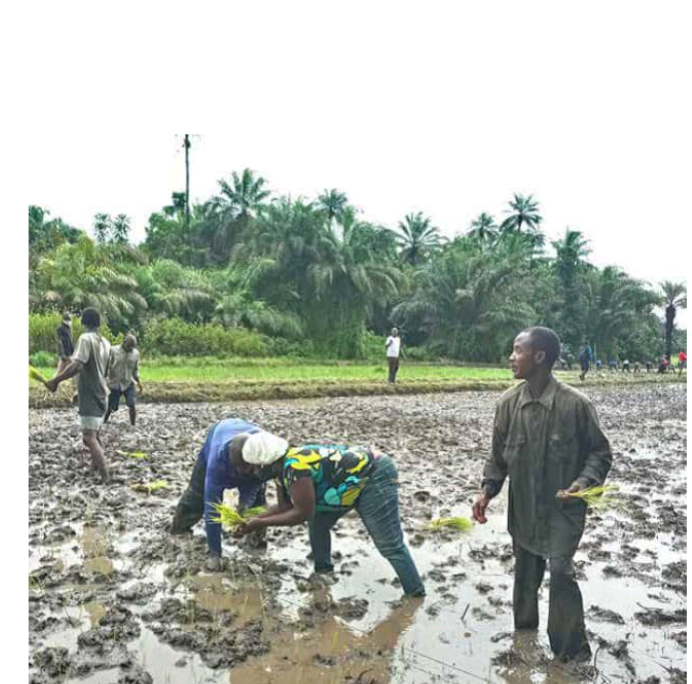
Food Insecurity hits Sierra Leone
A recent study by the World Food Programme (WFP) finds out that over 4.7 million people in Sierra Leone are food insecure. This means that 66 percent of the population cannot meet their basic food needs.
The study reveals that the number of people facing severe hunger in the country has tripled in the last decade and food insecurity has deepened at the same time the prices of rice and cassava have quadrupled.
The WFP’s Comprehensive Food Security and Vulnerability Analysis on Sierra Leone, published May 21 this year, was done to mainly identify the underlying causes and risk factors that result in food insecurity and the potential impact on the most vulnerable people in the country. The results of this study are meant to analyse the food situation of the country and plan sustainable interventions.
The report says over 3.3 million food-insecure people live in rural areas whilst 1.4 million are in urban areas.
A comparative analysis of the food security trend by districts shows an improved situation in the Western Area, where food insecurity declined by 7 percent, from 40 percent in 2010 to 33 percent in 2020, but the situation worsened in Kenema where food insecurity rose from 34 percent in 2010 to 71 percent in 2020.
Though food insecurity is spread across Sierra Leone, Kenema, Kailahun, Bo, Pujehun and Tonkolili districts record the highest number of food-insecure people.
The reports says that food insecurity leads to malnutrition, and many Sierra Leoneans don’t have access to nutritionally diverse foods. This, according to the report, contributes to a high prevalence of severe malnourishment among children under five, with Moyamba, Falaba and Port Loko recording the highest rate of acute malnutrition.
Lending credence to the WFP report, the 2020 United Nations Country Annual Results Report based on the Sustainable Development Cooperation Framework between the Government of Sierra Leone and the UN System (comprised 21 UN agencies in Sierra Leone) affirms that Sierra Leone is one of the worst-performing countries in the world in terms of food security.
This report draws the government attention to the precarious state of food security in the country, as national food insecurity deteriorated from 47.7 percent in January 2020 to 63 percent in June the same year, and the situation is expected to deteriorate further in 2021, with an estimated 1.4 million people already facing a food crisis.
Sierra Leone relies heavily on imports to feed its people though agriculture is the main livelihood for most Sierra Leoneans.
WFP says agriculture in Sierra Leone is heavily labour intensive, and most farmers don’t have access to improved seeds, fertilisers and tools, leading to low agricultural production. This low level of agricultural production is even exacerbated by low rainfall, the report states.
WFP notes that most farmers rely on imported food including rice, and “only 2 percent of farmers produce enough rice to meet the needs of their family for the whole year”.
This indicates a low level of subsistence farming among farmers, leaving them to vulnerabilities and shocks during the lean season when access to food is reduced, or during times when global prices of food commodities increase, making imported food more expensive.
Analyses of the two reports suggest that Sierra Leone achieving zero hunger by 2030, a key target of goal 2 of the Sustainable Development Goals, could be a far-fetched idea.
The WFP recommends training for farmers on improved agricultural practices and the provision of improved seeds and fertilisers to increase their production and make agriculture economically viable as a livelihood for youths as well.
They also recommend that government should improve food access by strengthening markets and road networks; improve accessibility and affordability of diverse and nutritious foods; provide affordable solar energy that supports modernization; provide cold chain facilities to reduce post-harvest losses of vegetables and fish, and expand school feeding to the most vulnerable and deprived communities.